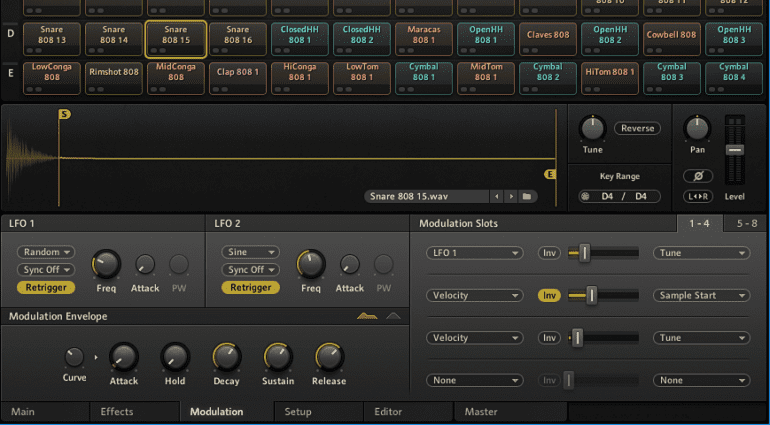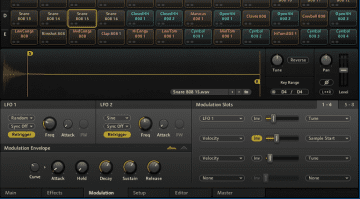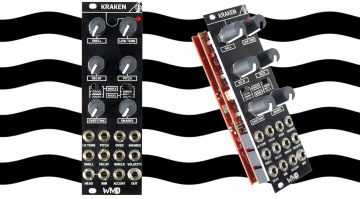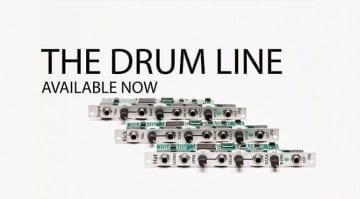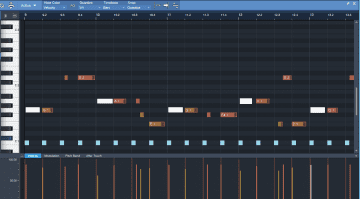Craig’s Production Tips #5: How To Spice Up Your Electronic Snare!
Liven up boring snares with these simple tricks
As technology progresses, electronic drums are sounding more realistic all the time—thanks to sampling techniques, round-robin playing, and multisamples. But with analog drums, and older digital drum programs or machines, drums can sound pretty boring. So, here are a few tricks that can help make rhythmic elements – the snare especially – more expressive.
The Snare
The snare is the most important sound to make interesting, because it’s going to get hit a lot. Render the snare audio to its own track, then try the following. Many of these same techniques work with other drums, as well as percussion.
Pitch variations. A vibrato plug-in is a simple solution that adds just enough pitch difference so that every hit doesn’t sound the same. Finding a true vibrato effect is not that easy; most of the time you’ll need a chorus or flanger that can be set to one voice, with a mix for only delayed sound. The rate should be relatively slow. A better option is retriggering a random LFO waveform that controls pitch, as shown in the screen shot of Native Instruments Battery—LFO1 alters the Tune (pitch) parameter.
Pitch shifts. Tie pitch to velocity so that harder hits make the drum go very slightly sharper. In the screen shot, Velocity raises Tune slightly with higher velocities.
MIDI volume shifts. This takes longer to edit, but remember that each snare hit will play at a slightly different level and at a different place on the drum. Alternating slight volume variations helps considerably in creating realism, even with individual hits—not just rolls.
Sample start time. Set the sample start a few thousand samples into the sound, and use inverted modulation so that softer hits don’t have an attack, but higher velocities bring in the attack. In the screen shot, Velocity is controlling Sample Start with inverted modulation.
Use very short attack times to create ghost notes. Bring down the level and add a few milliseconds of attack time to create lower-level “ghost” notes.
Layer a sidestick sample with the snare for emphasis. This increases the level, and helps give the snare a more percussive feel.
These changes don’t necessarily duplicate what happens with a real snare, but rather, that they keep the electronic ones from sounding all the same—and that seems to keep the ear-brain combination happy.
Cymbals
Back when memory was expensive, cymbal samples were short and unrealistic. So I got into the habit of playing real, physical cymbals over electronic drum parts, and they added authenticity. Even if you’re not a drummer, you can probably hit cymbals at the right time.
Quantization
Pro drummers are able to control their timing extremely accurately to lag and lead the beat for the best “feel.” While those who play drums from keyboards or controller pads often have the right intention for timing, they can’t pull it off with the required accuracy. Try 85% quantization, which should tighten up your drum parts without making them too stiff. (However, I do make sure the kick is right on the beat.) It’s also amazing how even a little bit of swing can make a huge difference when you want a drum part with a better groove.

